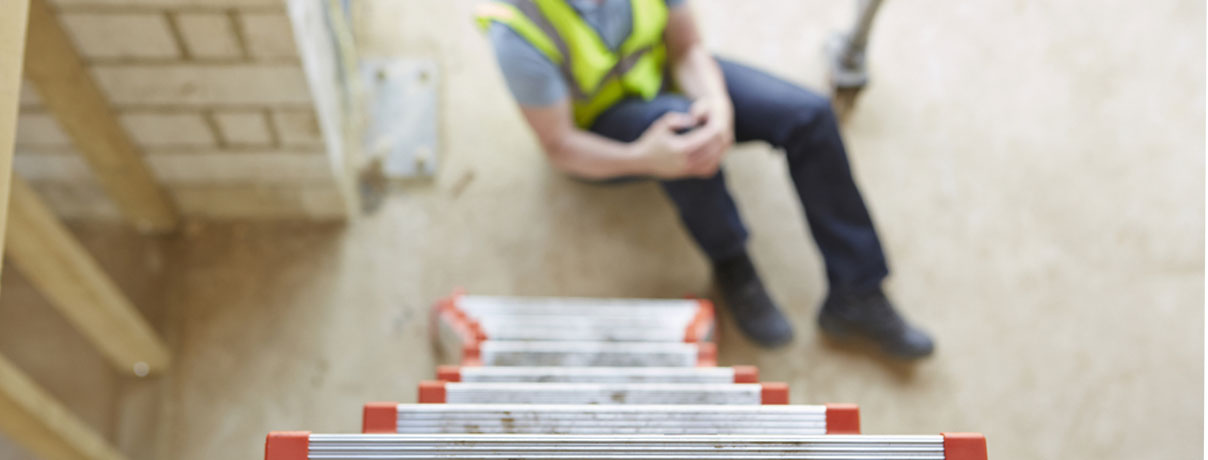
How to prevent workplace accidents with job hazard analysis
Have you ever heard the saying, “an ounce of prevention is worth a pound of cure?” This is especially true in workplace safety. Fortunately, there is a tool called a job hazard analysis (JHA) you can use that identifies hazards before they occur.
According to the Occupational Safety and Health Administration (OSHA), a Job Hazard Analysis (JHA) is a technique that focuses on the relationship between the worker, the task, the tools, and the work environment. After you identify uncontrolled hazards, you can take steps to eliminate them or control them and lessen the risk of injury or an accident.
Of course, nobody likes extra paperwork, but taking the time and effort to complete comprehensive JHAs is worthwhile. A JHA is invaluable for workers because they are on the front lines of the task at hand, meaning they will have inside information about the job that can reveal hidden hazards or inadequate controls.
Performing JHAs for all your tasks may seem daunting, but the long-term benefits are undeniable. You will secure your business as a safe and healthy workplace and realize benefits in reduced workers’ compensation costs, less downtime, lower turnover, and higher productivity. And, perhaps most importantly, your employees will see that their employer is willing to put time, effort, and money into ensuring their safety.
How to create a JHA
Step 1: Prioritize your tasks
Start by talking with your workers to identify the various tasks conducted as part of your operation and review near-miss reports and injury and illness records to identify high-risk tasks. If there are any tasks involving hazards that pose an immediate danger to life or health, take action to control those hazards as soon as you can.
Step 2: Assess your tasks
Rank your tasks in order of risk by the probability and severity of injury or illness. The probability is the chance that an illness or injury will happen, ranging from no chance to almost certain. The severity is the outcome of the injury or illness, ranging from minor injury to multiple fatalities. Perform your analysis in order of risk, addressing the highest-risk tasks first.
Step 3: Break down your jobs
A JHA can be a complex process with many different supervisors, workers, and subject matter experts. The key is to involve everyone and reinforce their stake in completing a JHA. Approach it like this:
Break the job down into steps. Watch your employees perform the job and note the steps it takes to complete the task. You’ll want to include enough detail to describe the job thoroughly without getting unnecessarily detailed. Consult with other workers and supervisors on job steps to get multiple perspectives.
Next, identify hazards associated with each job step. Ask yourself: How could an injury happen? How likely is it to happen? What are the consequences? What contributing factors led to the injury?
Finally, identify controls for the hazards you have identified. Remember the contributing factors that could lead to injury? Control those factors to either eliminate the risk entirely or reduce the risk to an acceptable level.
For example, if you’re changing a tire on a car, a job step would be to jack the car up. A hazard would be the car slipping off the jack and crushing a person. Controls would be setting the parking brake, chocking the tires, and using jack stands.
Step 4: Review and update
Once you do a JHA for each task, you need to review it periodically to ensure it is up to date with the task being performed. Often, workers will change the way they do things by working with different tools or by performing a task differently to make it quicker or easier. It may be necessary to alter the JHA based on these changes. Be mindful of these changes; they could make a task more hazardous without your knowledge! Never accept changes that make a job more dangerous.



